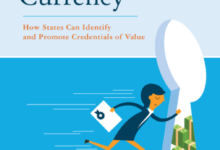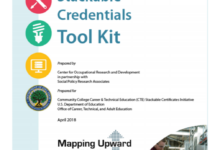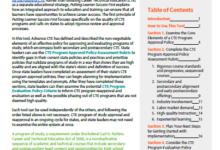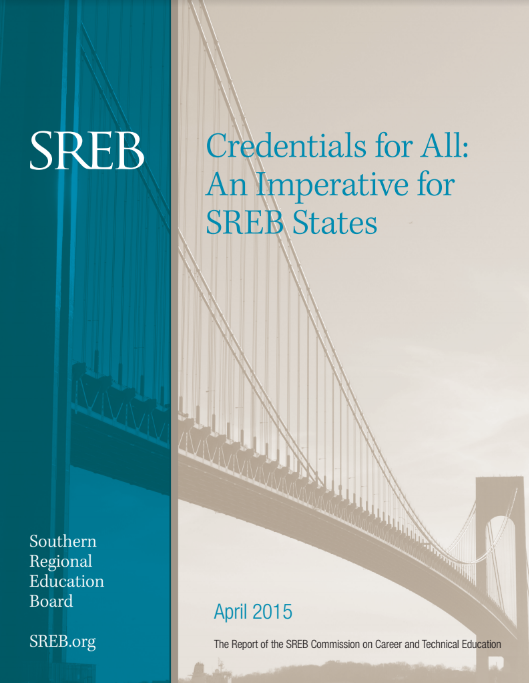There is a growing need for students to obtain postsecondary education and training to meet the demands of the labor market and develop the skills to pursue a family-sustaining career after high school. But not enough students are earning postsecondary credentials and degrees. This report from the Southern Regional Education Board (SREB) describes eight actions states can take to build rigorous, relevant career pathways and double the number of young adults earning industry and postsecondary credentials. Supported by policies and practices described in the report, these actions can help states increase the percentage of young adults earning valuable industry and postsecondary credentials. Such actions include:
- Build bridges from high school to postsecondary education and the workplace by creating rigorous, relevant career pathways driven by labor market demand.
- Expect all students to graduate academically ready for both college and careers.
- Select assessments of technical and workplace readiness standards that offer long-term value to individual students, employers and the economy; carry college credits; and are directly linked to more advanced certifications and further study.
- Provide all high school career pathway teachers, especially new teachers from industry, with the professional development and fast-track induction programs they need to meet high academic, technical and pedagogical standards and enhance students’ academic and technical readiness for college and careers.
- Adopt a framework of strategies to restructure low-performing high schools around rigorous, relevant career pathways that accelerate learning and prepare students for postsecondary credentials and degrees.
- Offer early advanced credential programs in shared-time technology centers, aligning their curricula, instruction and technology with home high schools and community and technical colleges.
- Incentivize community and technical colleges and school districts to double the percentage of students who earn certificates, credentials and degrees by setting statewide readiness standards and aligning assessment and placement measures with those standards.
- Design accountability systems that recognize and reward districts, high schools, technology centers, and community and technical colleges that double the number of young adults who acquire postsecondary credentials and secure high-skill, high-wage jobs by age 25.







